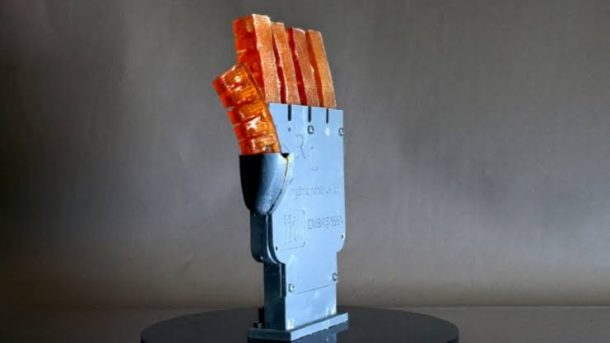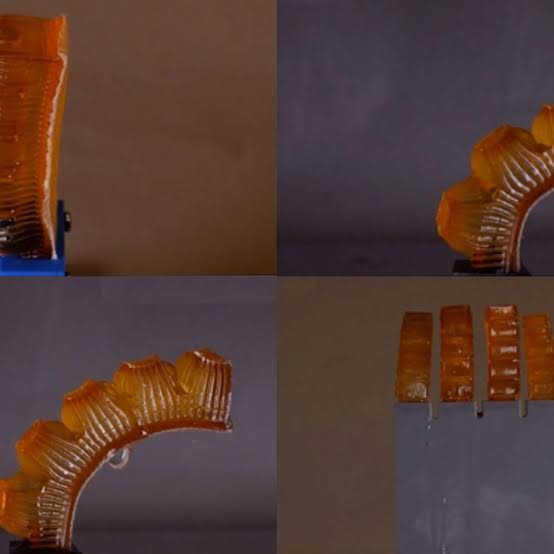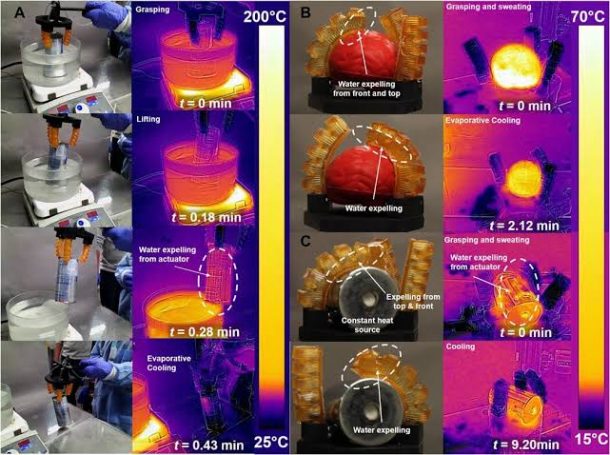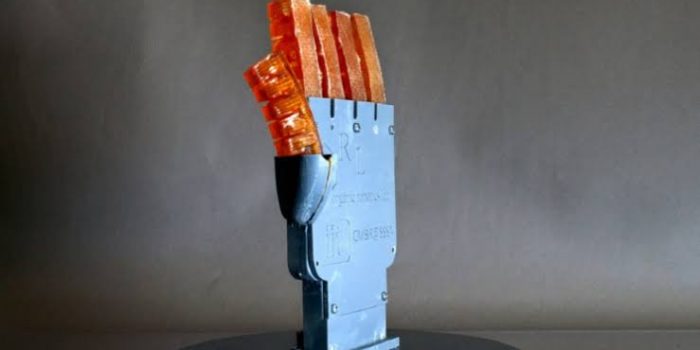Circuits getting compact each day while giving off more power, but the need for heat sinks or fans is always required for longer lives.
Overheating has always been a problem when it comes to heavy processors and complex circuitries. The unnecessary heat, if not exhausted off, can damage the equipment or reduce their lives. Researchers have always been looking for ways to reduce the unwanted rise in temperatures via smart mechanisms.

One similar study has led to the development of these robotic fingers that can cool off by sweating. Hence, adding to the life of robots. The study has been carried out at the Cornell University, while the lead researcher being Rob Shepherd, associate professor of mechanical and aerospace engineering. He designed and fabricated the robot muscle along with his team that can sweat similar to human fingers. Upon sweating, the machinery cools off by regulating its temperature.
The team believes the project to be the first step in creating high-powered and complex robots with more life. Since the emergence of Robotics, researchers have been indulged in studies based on optimizing internal temperatures of robots. Those developed with synthetic materials are more open to rising temperature trends and at a greater risk of getting damaged by overheating. All possible solutions such as placing fans or embedding heat sinks are done at the compromise of cost or space.

The inspiration came from the observation of the sweating mechanism in mammals. A partnership between Cornell University and the lab of Emmanuel Giannels incorporated 3D printing for the fabrication of fingers. The shape was developed using hydrogel materials capable of retaining water. On being exposed to high temperatures, such as above 86 Fahrenheit, the inner layer squeezes, thus passing the water droplets to the outer pores. Based on a simple theme, the cooling effect is 6 times efficient than conventional methods like fans.
Co-author of the research and scientist at Facebook Reality Lab, T.J. Wallin, says, “The ability to perspire is one of the most remarkable features of humans. Sweating takes advantage of evaporated water loss to rapidly dissipate heat and can cool below the ambient environmental temperature. … So as is often the case, biology provided an excellent guide for us as engineers.”



